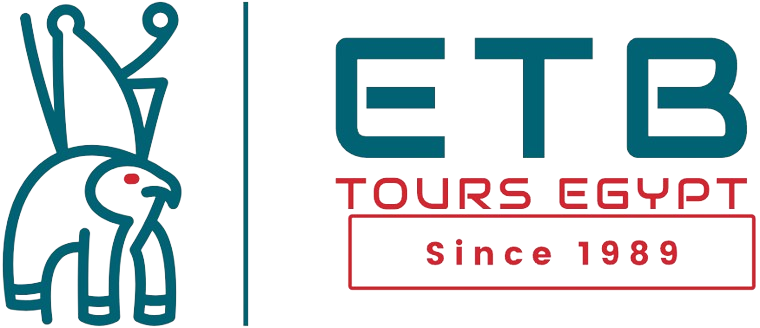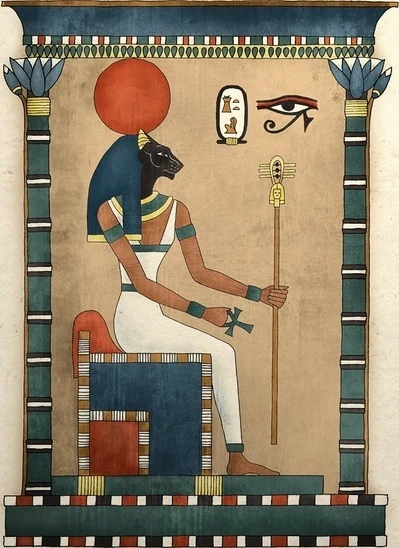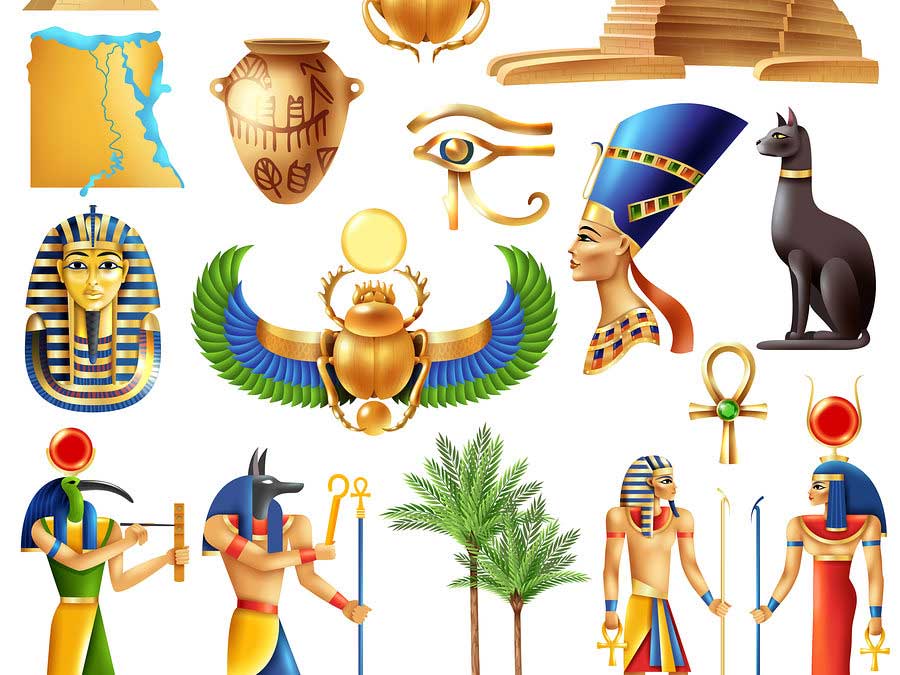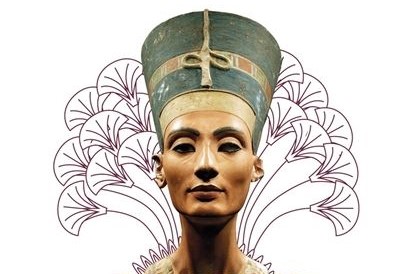Bastet ( God Of Ancient Egypt )
Bastet, the Kind Goddess of Ancient Egypt
Bastet and Sekhmet may look alike but have different jobs. Bastet is mercy and pity, and Sekhmet is war and power.
In ancient Egyptian religion, Bastet was married to Atum. She was also worshipped in Upper Egypt, where she was sometimes Mut, the wife of Amun in Thebes.
Bastet’s cult reached Memphis, where she was “Our Lady of Ankh Tawi” since the Old Kingdom. It spread to Dendara (Bubastis of Upper Egypt), Thebes, Heliopolis, Bani Hassan, and Nubia.
Hathor was often compared to Bastet. Hathor was fierce when angry and joyful when pleased. From the Middle Kingdom onwards, Bastet was the calming counterpart of Sekhmet, the soothing eye of Ra as opposed to the destructive eye of Ra (Sekhmet) in the myth of humanity’s destruction.
Bastet and Hathor
Bastet had a big relationship with Hathor, the other joy and festival goddess. Bastet was sometimes shown with Hathor’s attributes, and their cults merged in the Old Kingdom. For example, in the temple of King Pepi I (Sixth Dynasty), Hathor is standing next to the king in the region of Bubastis.
The festivals of Bastet and Hathor were the same, like the Festival of Resurrection. Over time, the cult of Bastet merged with Hathor and Mut in Thebes. Bastet was shown with Shu’s feathers and two horns with a sun disk between them.
Bastet’s Husband and Childbirth
Bastet’s husband was Atum-Ra, often a falcon-headed god with Shu’s feathers on his head. The connection between Bastet and Mut was also Khonsu, the moon god and Mut’s son, who was involved in childbirth with Bastet. The Egyptians believed Bastet helped women conceive and Khonsu helped the fetus grow in the womb.
 English
English  Spanish
Spanish  Chinese
Chinese  French
French  Portuguese
Portuguese  Italian
Italian  Russian
Russian  Czech
Czech  German
German  Japanese
Japanese 








